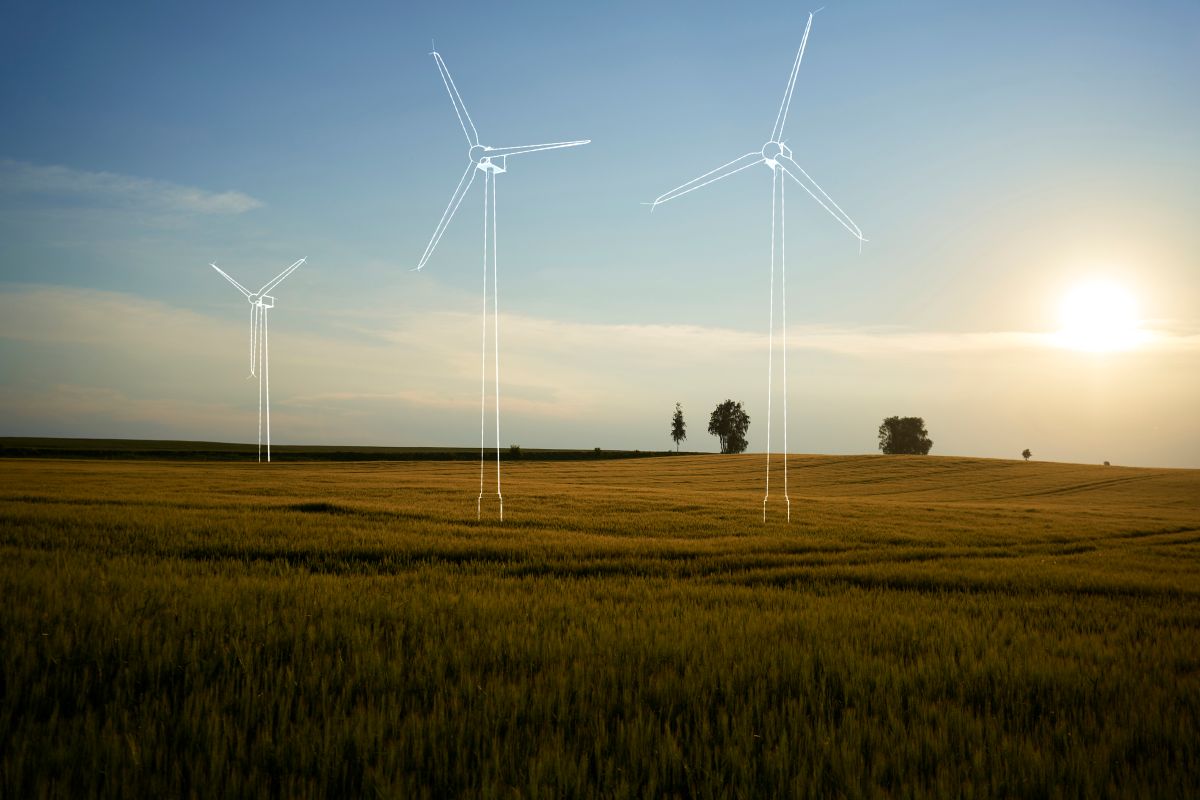Solar, wind and other renewable energy projects
As the shift to renewable energy builds momentum, the number and scale of renewable energy projects, such as solar, wind and battery storage projects, has multiplied. This has seen an increase in rural landowners being approached by renewable energy developers to negotiate the use of their land for renewable energy projects. As renewable energy projects are complex transactions, we recommend engaging a solicitor to assist with the review and negotiation of the documents to ensure that you understand your obligations and the risk.
What are the typical documents involved in a renewable energy project?
Some of the documents which are typically involved in a renewable energy project include:
- an access licence agreement
- an option to lease
- a lease and
- easements.
Each of these is further explored below. Other documents relevant to renewable energy projects may include a term sheet or heads of agreement, an option to purchase, and a rent deed.
Access licence agreement
The purpose of an access licence agreement is often to allow for the developer to conduct assessments on the land to determine if the site is suitable for the renewable energy project before committing to proceed with the project. Whilst this is usually only a preliminary agreement, as these assessments may involve installing equipment and continuous monitoring of the land conditions, it is important that the rights of access do not disturb your use of the land. You should also request that the developer pays a fee for the access licence.
Option to lease
An option to lease grants to the developer the right to be granted a lease for the land on which the energy project will be situated, at the time that suits the developer, in return for payment of an option fee. The term for an option to lease (or option period) can be between 3 to 7 years to allow for development approvals and preliminary works. The option to lease will often include restrictions on what the landowner can do with the land during the option period, including restrictions on sale and granting of other leases. It is important that you understand your obligations and risks when entering into the option to lease, as it is likely to constrain your ability to deal with the land in the future.
Lease
Once the developer is ready to commence construction of the project the documents should provide for the developer to exercise the option and be granted the lease. The term of the lease should align with the lifespan of the renewable energy project, which is generally for 25 years or more, and may also include the option to extend the lease. This means that landowners are entering into long term commitments, potentially up to 60 years. The lease sets out the respective rights and obligations of the landowner and the developer regarding the use of the land. It is important that these terms reflect the commercial agreement between the parties and are appropriate for the landowner’s circumstances and needs.
Easements
Depending on the nature of the renewable energy project, easements may be required where an energy developer requires accessways, installation of electricity and powerlines or rights over airspace. The granting of an easement will usually have restrictions on the landowner’s use of the land that is the subject of the easement.
What are some of the risks involved in renewable energy projects?
Given our experience in this area of the law, some of the risks which we have identified for landowners includes:
- Clear exclusion zones. A landowner may want to ensure areas which are excluded from the renewable energy project. This ensures that the landowner is able to retain use of the excluded land for a residence or for farming activities. It is recommended that a detailed plan is agreed between the parties and included in the documents.
- Exclusivity. Developers will often want landowners to agree to only deal with the developer during the option period and lease term. If the landowner owns large parcels of land it should consider what is reasonable in relation to exclusivity.
- Rates, taxes and costs. As renewable energy projects may lead to higher insurance and other costs, it is advisable that the agreement reflects that the developer is responsible for all rates, taxes and costs that result from the renewable energy project.
- Decommissioning and make good. Depending on the type and scale of the renewable energy project, the infrastructure on the land can be substantial. Landowners need to think forward to the end of the project and consider what works are required to be undertaken when the land is handed back. For large projects, landowners should consider getting a financial guarantee from the developer. This is to cover the estimated costs of decommissioning, such as the removal of facilities, infrastructure, and waste from the land if the developer fails to do so. These costs are often significant.
- Disruption to agricultural or farming activities. This is particularly important to consider during the construction phases. The landowner should also consider potential environmental impact to the land with regard to future uses.
How can MV Law assist you?
If you have been approached by a renewable energy developer, MV Law can assist you from the initial discussions through to the construction of the project and finalising the documents. We have experience advising landowners in relation to different renewable energy projects. Renewable energy projects can be complex and usually involve long term agreements which can impact on future generations. It is important to get good advice before embarking on this journey.
MV Law Canberra
Ph: (02) 6279 4444
Email: info@mvlaw.com.au
